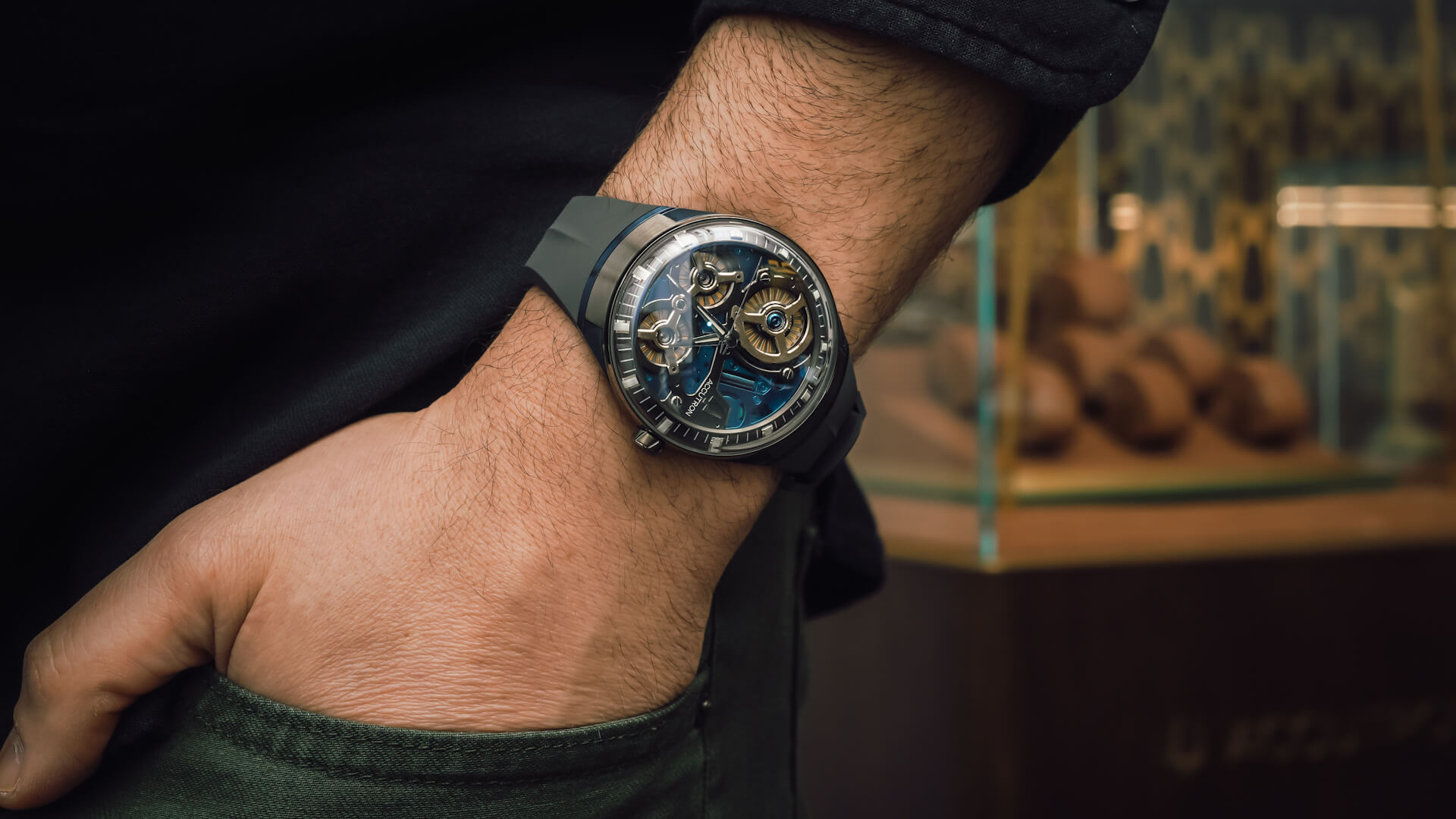1. PHILIPPE DUFOUR’S JOURNEY TO BECOMING A WATCHMAKER

What else can be said about the man other than that he is a living legend of watchmaking? To be sure, the story of Dufour’s watchmaking journey is well-documented. It has been written many times by others. So, why do I think this is worth sharing? For a start, the quality of writing is outstanding, and so is the article’s scope. It’s an ambitious feature that aims to detail his journey to becoming a watchmaker in excruciating detail. Furthermore, the article is well-supplemented by photos. This is one of the best articles on the legendary watchmaker that I’ve read.
Source: A Collected Man
2. HOW A GERMAN VILLAGE BECAME A WATCHMAKING MECCA

Glashütte is home to the biggest and most renowned brands in German watchmaking. A. Lange & Söhne, Glashütte Original, Tutima, Nomos, and more all call this little village home. There can be no doubt that this town is synonymous with German watchmaking, but how did it come to be? How did a small German village that’s in the middle of nowhere become the center of watchmaking in Germany and one of the most important regions in horology? This article sheds some light and also details the history of five of Glashütte’s most recognizable brands.
Source: Gear Patrol
3. IN-DEPTH: FERDINAND BERTHOUD CHRONOMÈTRE FB 2RE

In my mind, haute horology should be discreet and refined. Complications for complication’s sake should be a big “no.” Personally, I would like the dial side to be very ordinary-looking, preferably a two or three-hander with no date so that if you didn’t look closely or know what you’re looking at, you’d just dismiss it as being nothing special. The Ferdinard Berthoud Chronomètre FB 2RE is just that kind of watch. From a distance, it looks just like a regular three-hand watch. But the dial is actually enamel, and impressively, so are all the markings. Flip it around, however, and you’ll be treated to what is possibly the most amazing movement of the year. The architecture of the movement is stunning and the finishing is, arguably, even more so. This, to me, is haute horology at its absolute finest.
Source: Watches by SJX
4. TOP 10 THINNEST MECHANICAL WRISTWATCHES: 8 MODERN RECORD HOLDERS AND THEIR 2 HISTORIC RIVALS

There has been an increase in competition in the realm of super-thin watches. It used to be the exclusive domain of Piaget, but it has been under increasing pressure from Jaeger-LeCoultre and especially Bulgari. What makes this genre of watches interesting to me is to see just how far watchmakers can push the limits of what is physically possible. It’s particularly exciting because modern technology affords us many new exotic materials. For example, did you know that the world’s thinnest watch is just 2mm thick, inclusive of the case? And that it was only possible because its case is made out of a unique cobalt alloy? Find out what’s the world’s thinnest watch and nine other super-thin watches by way of the link below.
Source: Quill & Pad
5. THE COMPLETE HISTORY OF THE AUDEMARS PIGUET PERPETUAL CALENDAR

Patek Philippe may have invented the perpetual calendar wristwatch, but there’s something about Audemars Piguet’s take on this genre of watches that is captivating. Vintage Audemars Piguet perpetual calendars, in particular, hold a great deal of interest for me. Their design is just as thoughtful and refined as the brand’s rivals in Geneva. And increasingly, collectors are starting to realize that these watches are just as, if not more, collectible than the usual Pateks. Sadly, there are not a lot of writeups you can find about the history of Audemars Piguet’s perpetual calendars, which makes this article all the more compelling. Be sure to bookmark this.
Source: Revolution

